© 2025 MJH Life Sciences™ , Patient Care Online – Primary Care News and Clinical Resources. All rights reserved.
Post-surgical Opioid Prescribing: 9 Questions, 3 Countries
Opioid prescribing after outpatient surgery looks very different in the US, Canada, and Sweden. Which drugs are favored? How much is prescribed? Test your intuition.
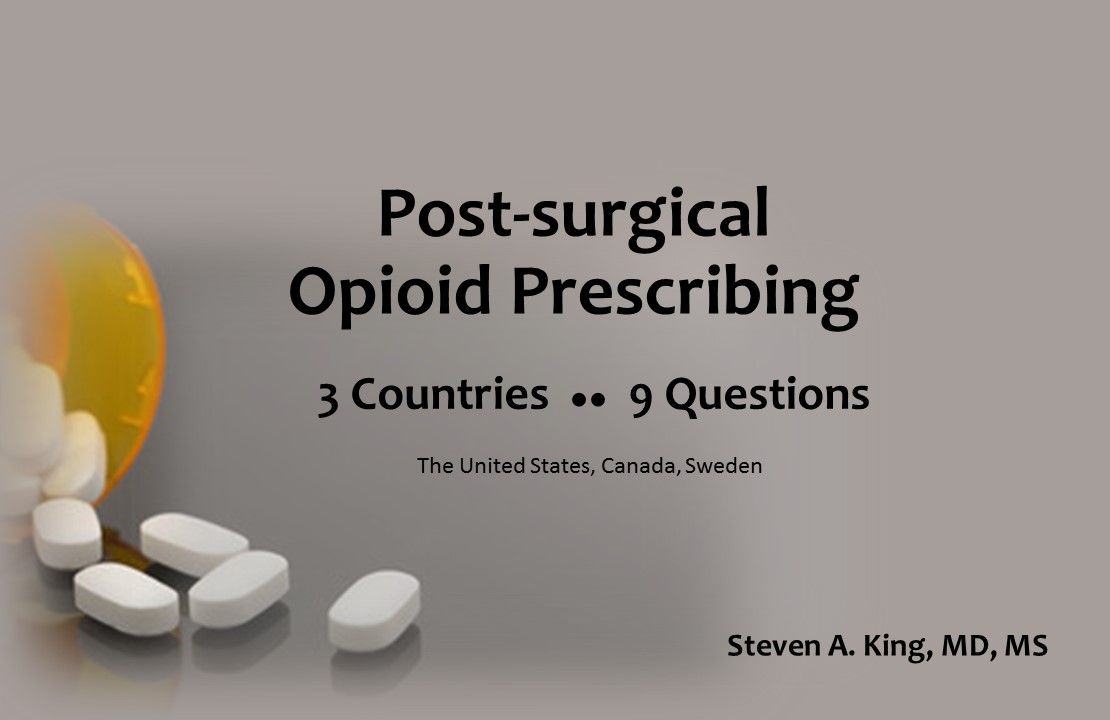
Opioid prescribing following 4 low-risk surgical procedures was examined in the United States (US), Canada, and Sweden. The small studies and anecdotal reports currently available on practices internationally suggest wide variation. Authors of this study looked to apply systematic evaluation of prescribing practices across populations receiving similar procedures in different countries.
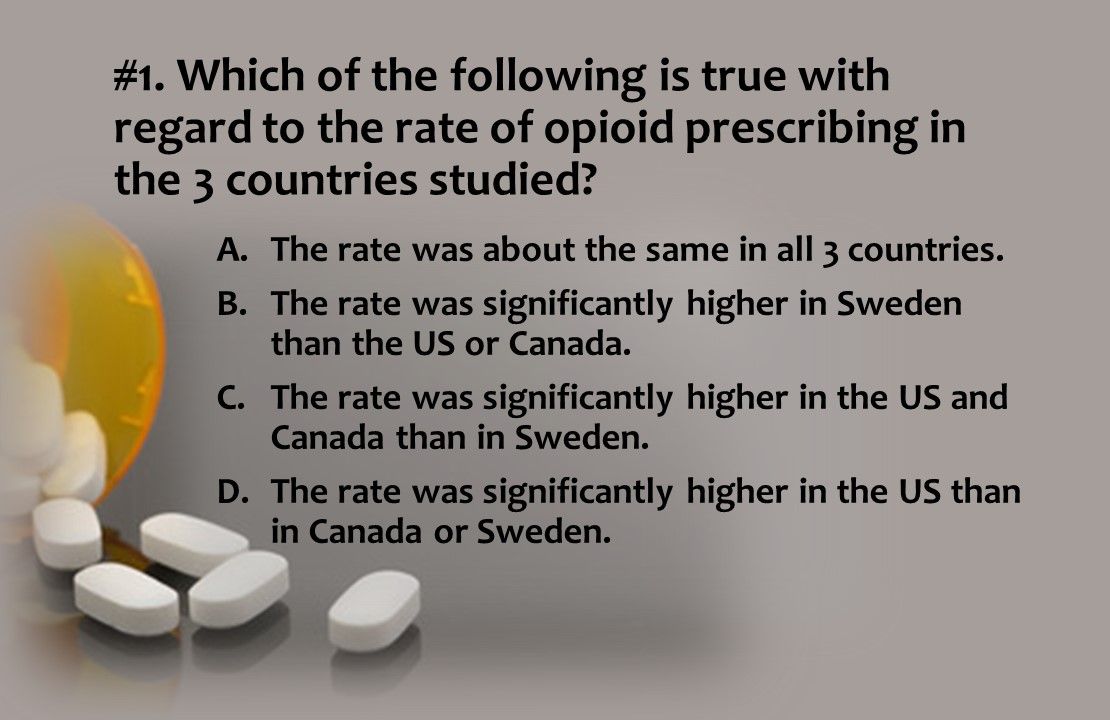
#1. Which of the above is true with regard to the rate of opioid prescribing in the 3 countries studied?
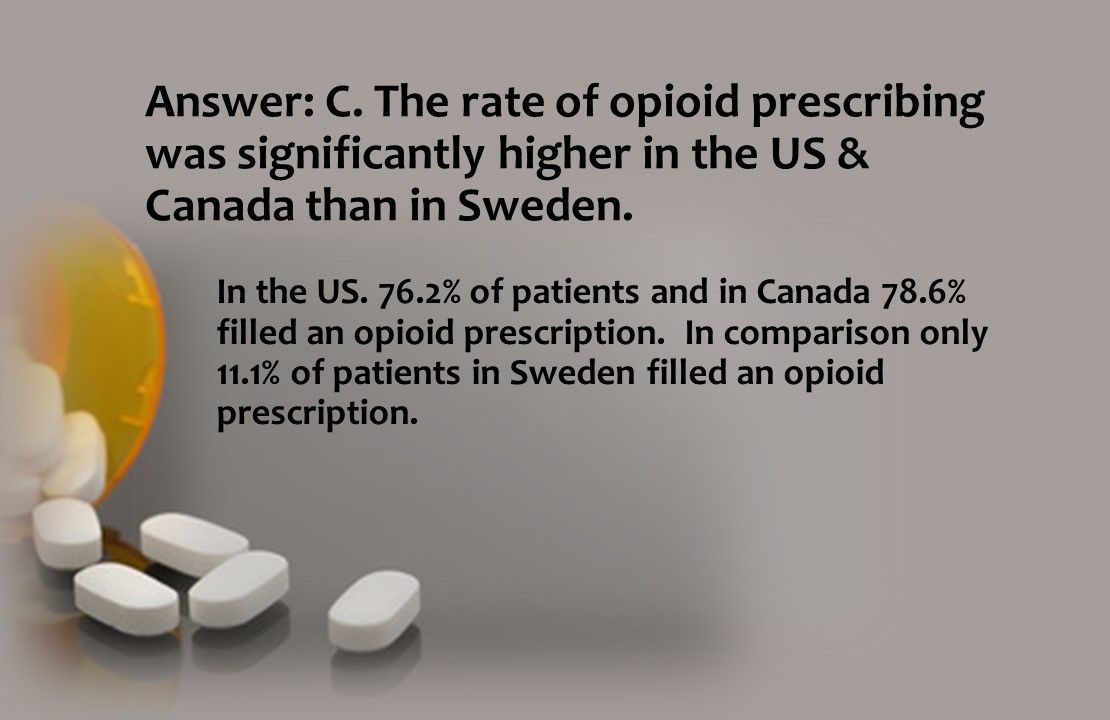
Answer: C. The rate of opioid prescribing was significantly higher in the US & Canada than in Sweden.
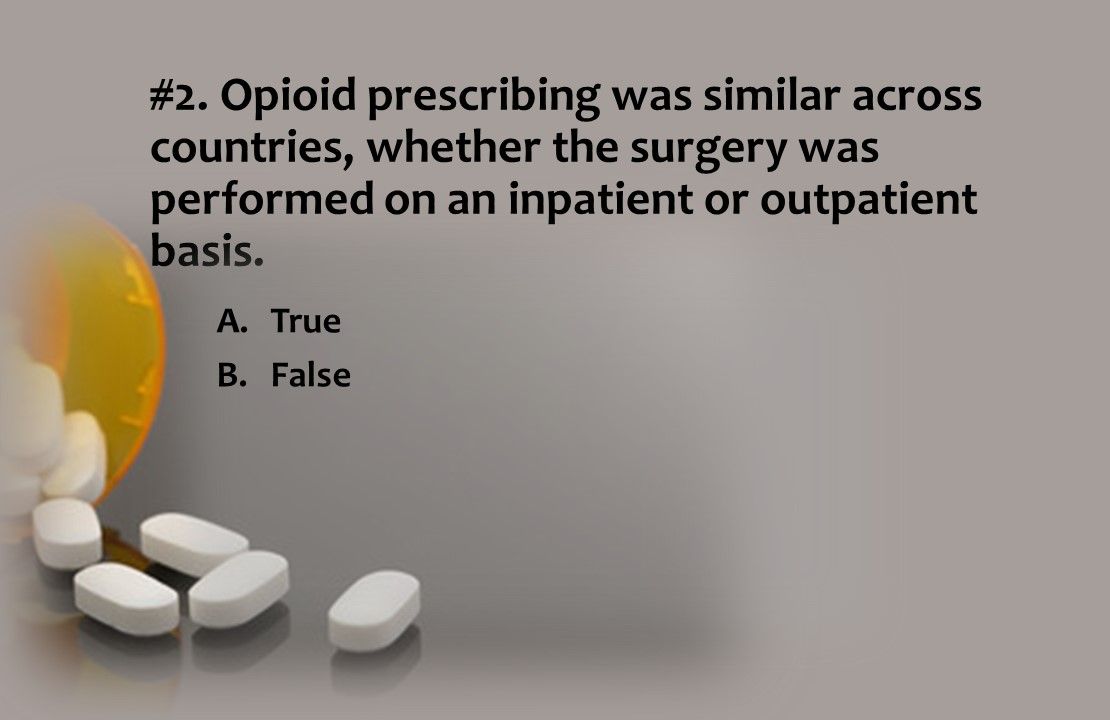
#2. True or False: Opioid prescribing was similar across countries, whether the surgery was performed on an inpatient or outpatient basis.

Answer: True. The study found little difference in the nature of opioid prescribing among the 3 countries whether the surgery was performed on an inpatient or outpatient basis.

#4. Which of the above is accurate regarding post-op patients who filled at least 1 opioid prescription (Rx) within 30 days and then filled ≥2 more during that period?
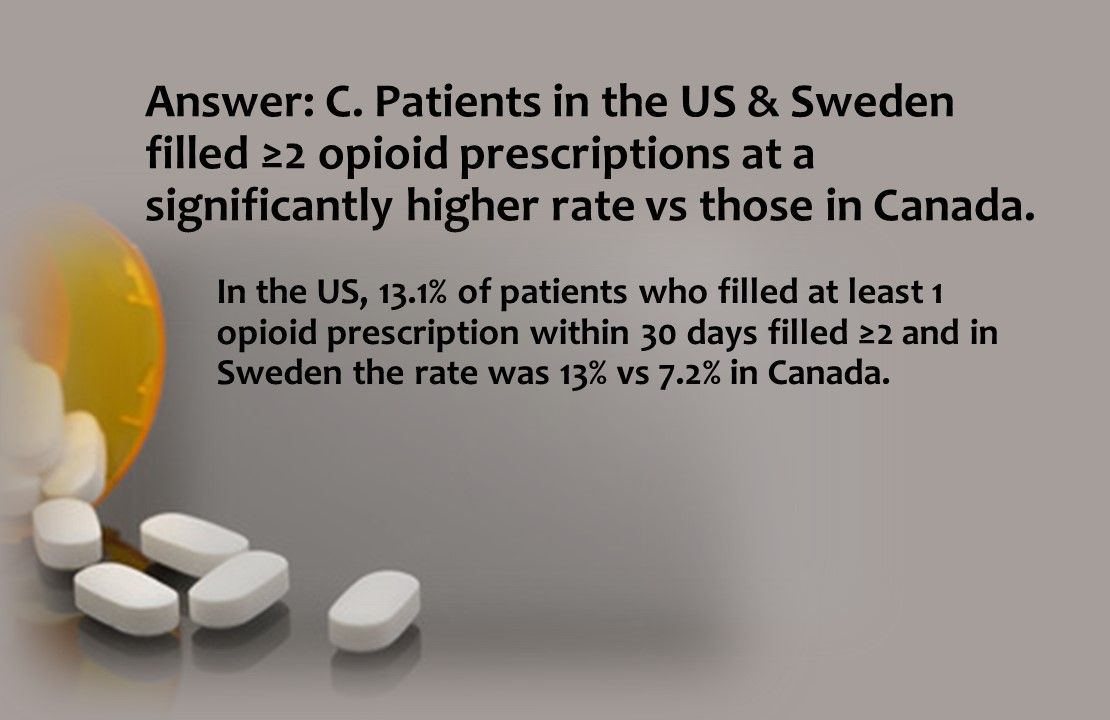
Answer: C. Patients in the US & Sweden filled ≥2 opioid prescriptions at a significantly higher rate vs those in Canada.
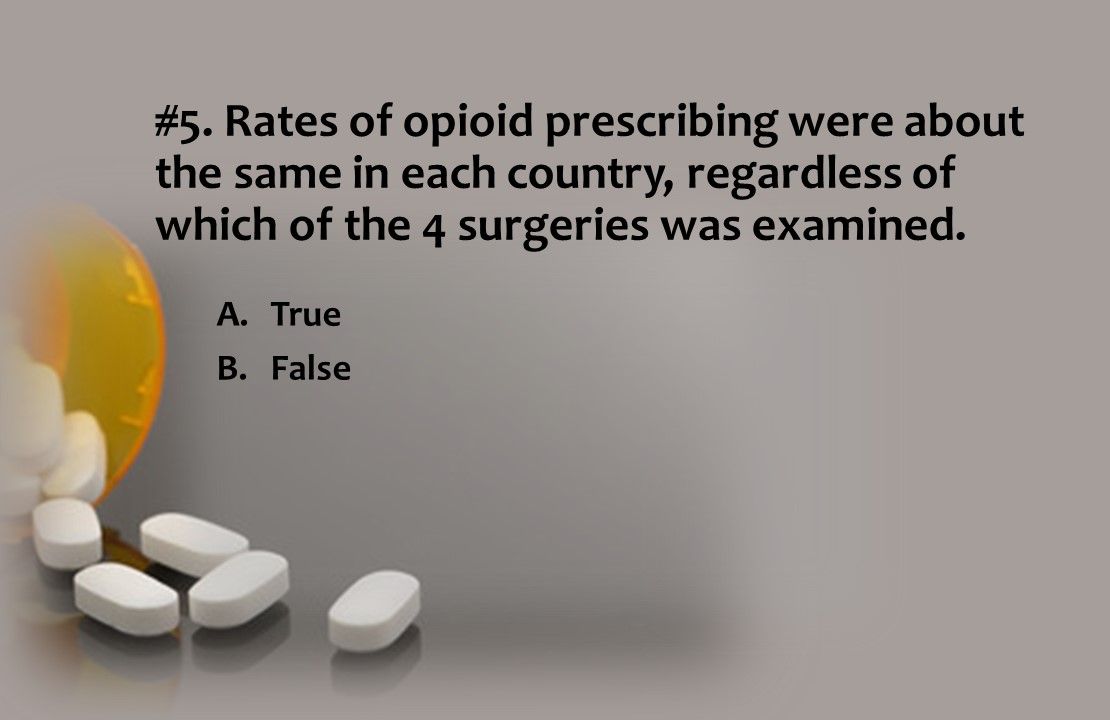
#5. True or False: Rates of opioid prescribing were about the same in each country, regardless of which of the 4 surgeries was examined.

Answer: A. True. The type of surgery being performed appeared to make little difference with regard to the rates of opioid prescribing or the dosages prescribed.

Answer: A. Canada. In Canada, 39.3% of post-op patients were prescribed codeine in contrast to only 15.7% in Sweden and 3.3% in the US.
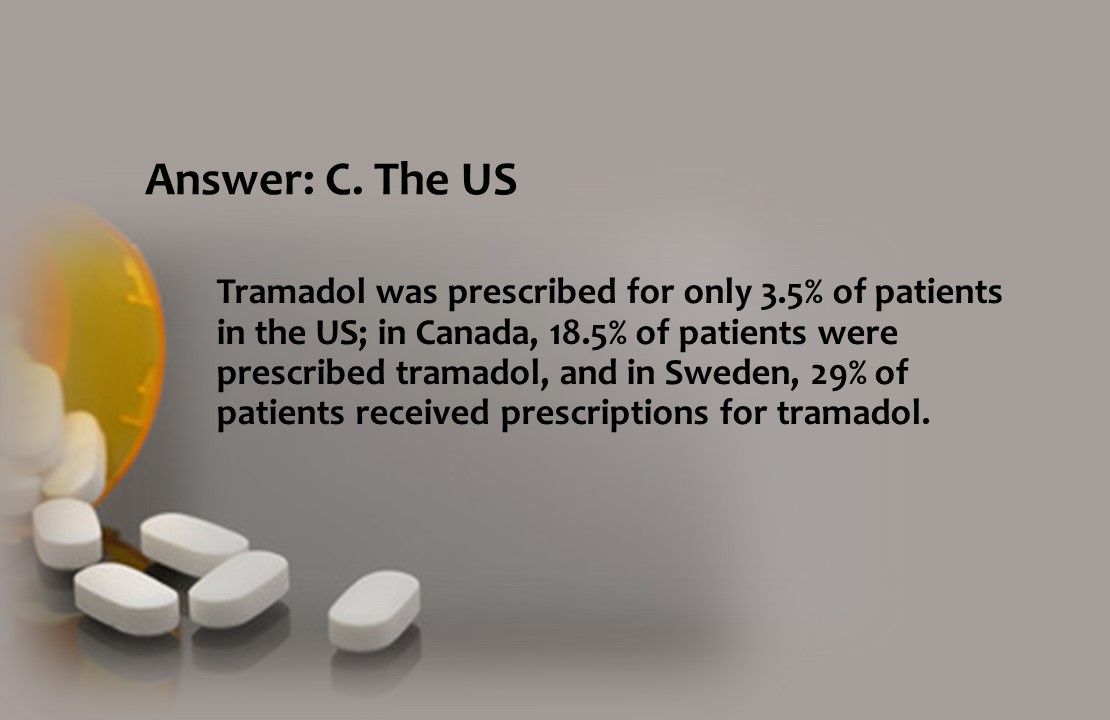
Answer: C. The US. Tramadol was prescribed for only 3.5% of patients in the US; in Canada, 18.5% of patients were prescribed tramadol, and in Sweden, 29% of patients received prescriptions for tramadol.
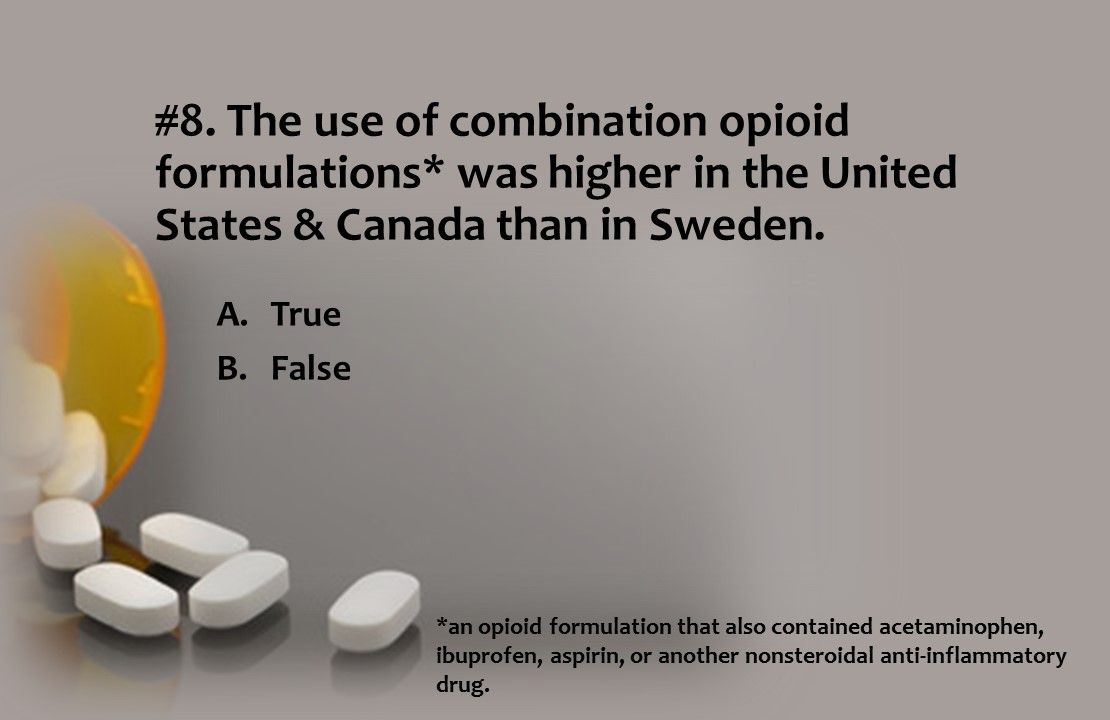
#8. True or False. The use of combination opioid formulations* was higher in the US & Canada than in Sweden.

Answer: A. True. The use of combination opioid formulations was higher in the US (90.7%) and Canada (86.2%), than in Sweden (15.7%).
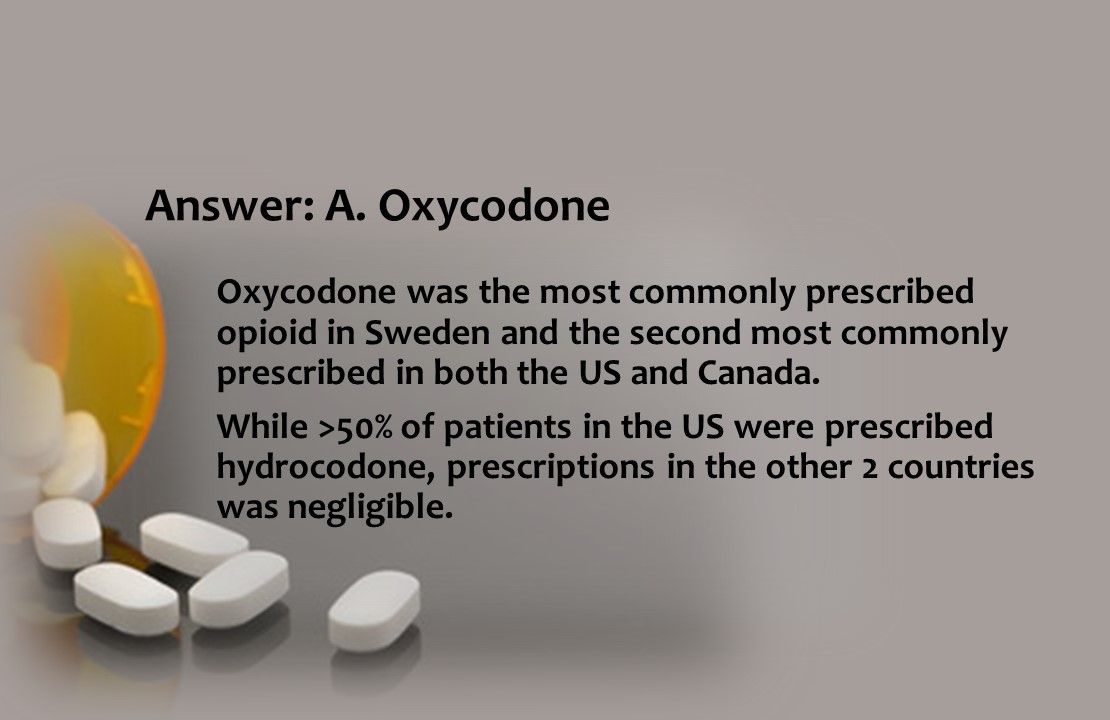
Answer: A. Oxycodone. Oxycodone was the most commonly prescribed opioid in Sweden and the second most commonly prescribed in both the US and Canada. While >50% of patients in the US were prescribed hydrocodone, prescriptions in the other 2 countries was negligible.
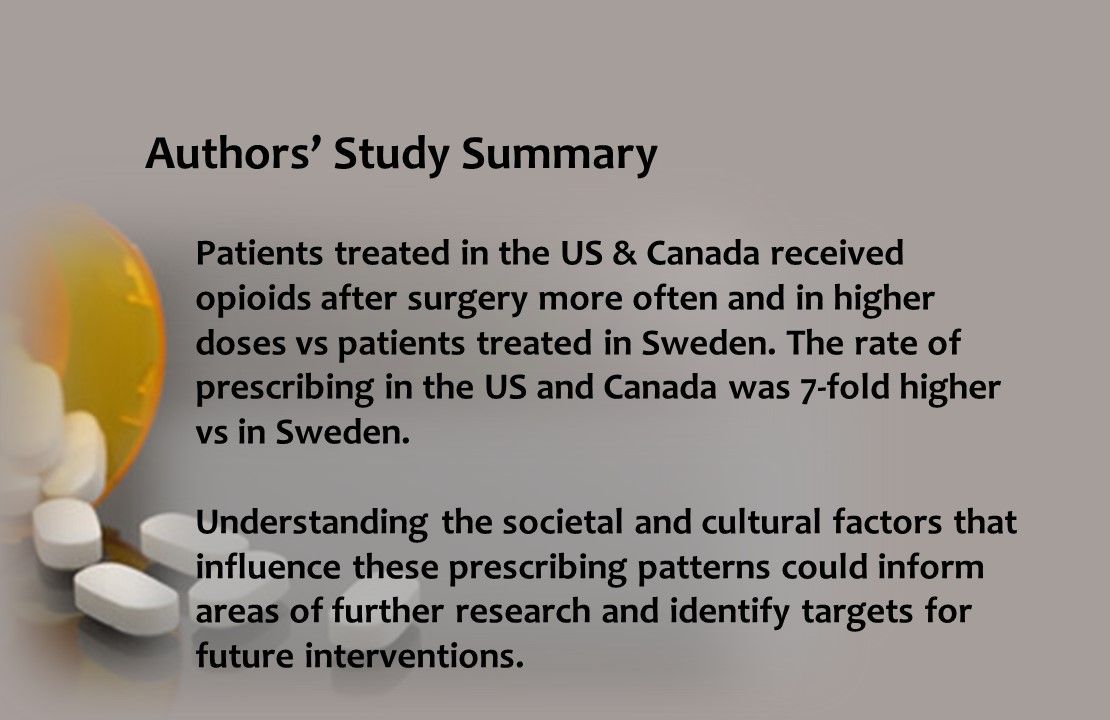
Authors' Study Summary. Patients treated in the US and Canada received opioids after surgery more often and in higher doses vs patients treated in Sweden. The rate of prescribing in the US and Canada was 7-fold higher vs in Sweden. The authors note that they could not, however, make any conclusions regarding specific reasons for the large difference or comment on the quality of pain management in each country.
Understanding the societal and cultural factors that influence these prescribing patterns could inform areas of further research and identify targets for future interventions.
Opioid prescribing after outpatient surgery looks very different in the US, Canada, and Sweden. Which drugs are favored? How much is prescribed? Test your intuition by clicking through the 9 questions below on the outcomes of a new study, published in September in JAMA Network Open. Dr King is a pain specialist in private practice in Philadelphia, Penn.
Related Content:









